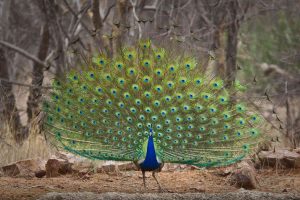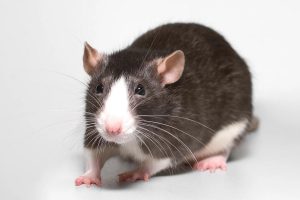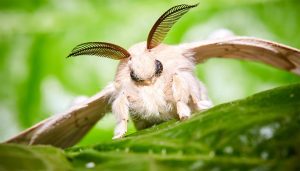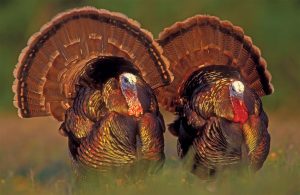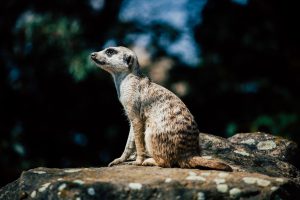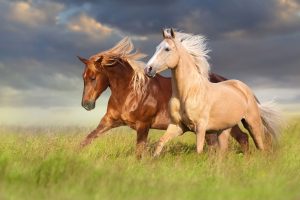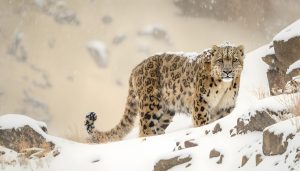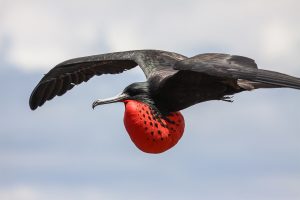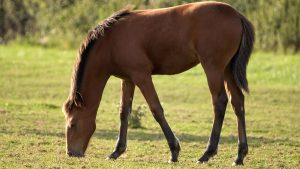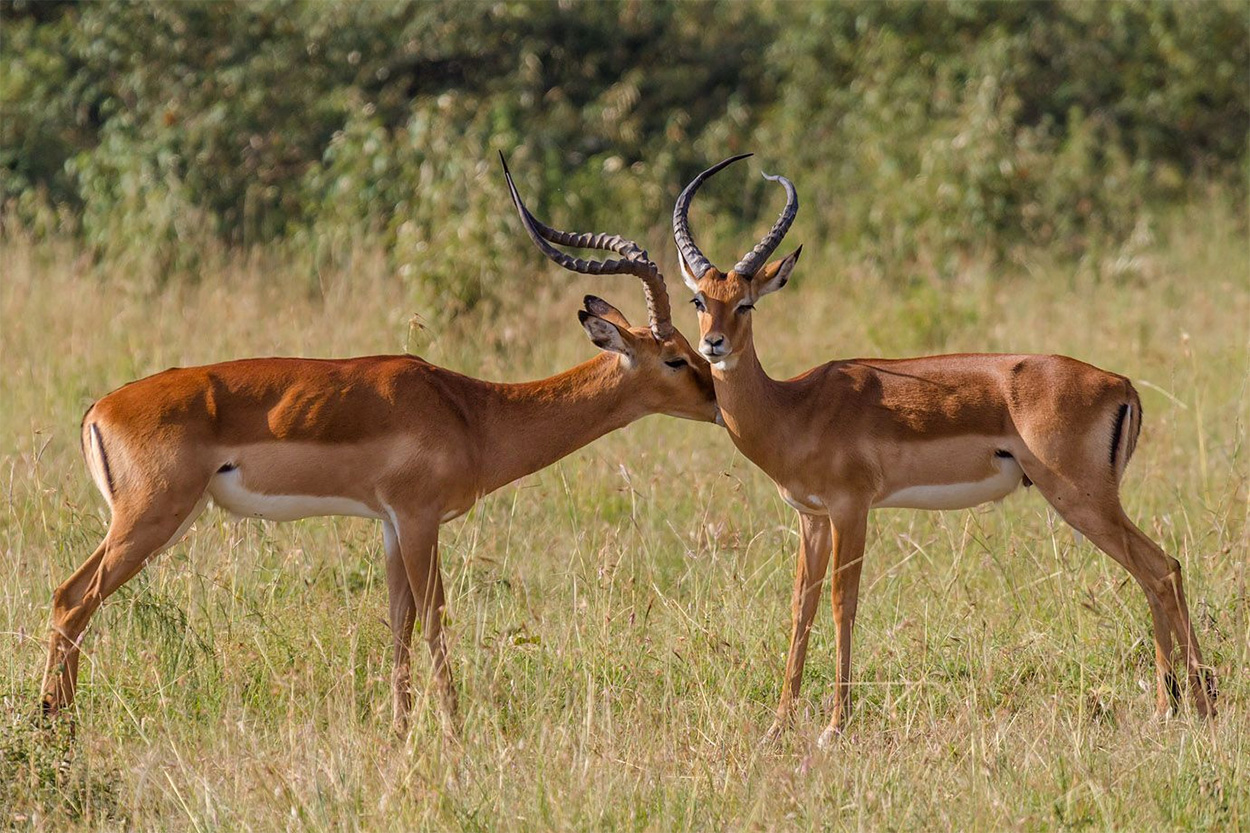
34 interesting facts about impalas
- 👁️ 1586
Impalas are one of the most graceful and widespread antelopes found across the savannas and woodlands of eastern and southern Africa. Known for their elegant build and incredible agility, these animals have adapted superbly to their environment, showcasing a remarkable blend of strength, speed, and survival strategies. Impalas play a crucial role in their ecosystems, serving as prey for a variety of predators while also contributing to the biodiversity of their habitats. With their striking appearance and fascinating behaviors, impalas offer a glimpse into the rich tapestry of African wildlife. Let’s explore some interesting and informative facts about impalas that highlight their unique characteristics and importance in the wild.
- Impalas (Aepyceros melampus) belong to the Bovidae family, which includes goats, cattle, and sheep.
- There are two subspecies of impalas: the common impala and the black-faced impala, the latter being rarer and found primarily in Angola and Namibia.
- Adult impalas stand about 75 to 95 cm (30 to 37 inches) tall at the shoulder.
- Male impalas, known as rams, are recognizable by their long, spiral horns, which can grow up to 90 cm (35 inches) in length.
- Female impalas, called ewes, do not have horns.
- Impalas are known for their remarkable jumping ability, capable of leaping over 3 meters (10 feet) high and covering distances of up to 10 meters (33 feet) in a single bound.
- Their reddish-brown coat and distinctive black markings, including stripes on their tails and thighs, help camouflage them in their natural habitats.
- Impalas are social animals, typically found in three types of groups: bachelor herds, female herds with their young, and territorial males with their harem of females.
- They are both grazers and browsers, feeding on grasses and leaves depending on the season, which helps them thrive in various environments.
- The rutting season, when males compete for dominance and breeding rights, occurs annually and is characterized by loud roars and fierce battles.
- Impalas have a unique alarm call, a loud snort, to alert the herd of potential dangers.
- They have a gestation period of about six to seven months, after which a single calf is usually born.
- Newborn impalas are hidden by their mothers in vegetation for the first few weeks of life to protect them from predators.
- Predators of impalas include lions, leopards, cheetahs, hyenas, and crocodiles.
- Impalas have a specialized dental arrangement that allows them to efficiently chew and digest their food.
- Their large, round ears enable them to pick up on the sounds of approaching predators.
- The impala’s coat changes color depending on the season; it becomes lighter during the hot, wet season and darker during the cooler, dry season.
- Impalas have scent glands on their hind legs, used for marking territory and communication within the herd.
- During the dry season, impalas rely heavily on water sources and need to drink daily.
- Bachelor herds are formed by males that are not strong enough to hold a territory or harem.
- The black-faced impala is listed as vulnerable due to habitat loss and competition with domestic livestock.
- Impalas play a critical role in their ecosystems as a prey species, supporting healthy predator populations.
- Territorial male impalas use a variety of displays and behaviors to assert dominance and attract females.
- In times of danger, impalas can run at speeds up to 80 km/h (50 mph) to escape predators.
- The word “impala” comes from the Zulu language, meaning “gazelle.”
- Impalas have excellent vision, which helps them spot predators from a distance.
- The social structure of impala herds can change seasonally, influenced by mating behaviors and environmental conditions.
- Impalas are one of the most common and adaptable antelope species in Africa, found in protected areas as well as on private game farms.
- They are an important species for eco-tourism, attracting visitors interested in wildlife and safaris.
- Impalas have been introduced to other parts of the world, such as Texas in the United States, for hunting and conservation purposes.
- In African folklore, impalas are often symbols of beauty, grace, and agility.
- Researchers study impalas to better understand animal behavior and the impact of human activities on wildlife.
- Conservation efforts for impalas include habitat protection, anti-poaching measures, and wildlife corridors that allow for their natural migration patterns.
- Despite their abundance, impalas face threats from habitat loss and fragmentation, which can lead to isolated populations and decreased genetic diversity.
Impalas are not only a testament to the beauty and diversity of African wildlife but also play an indispensable role in their ecological communities. Their agility, social behaviors, and adaptability make them a subject of fascination and admiration. Conservation efforts are essential to ensure that future generations can continue to witness the grace and vitality of impalas in the wild. Their presence enriches the savannas and woodlands of Africa, reminding us of the interconnectedness of all living beings and the importance of preserving natural habitats.
